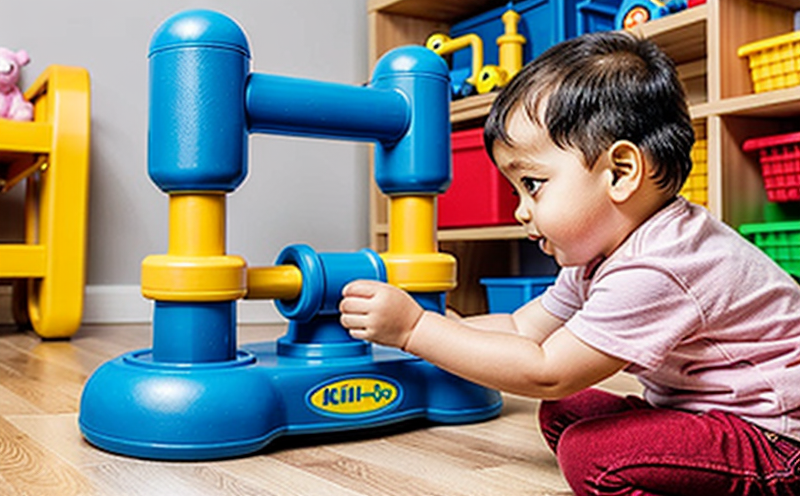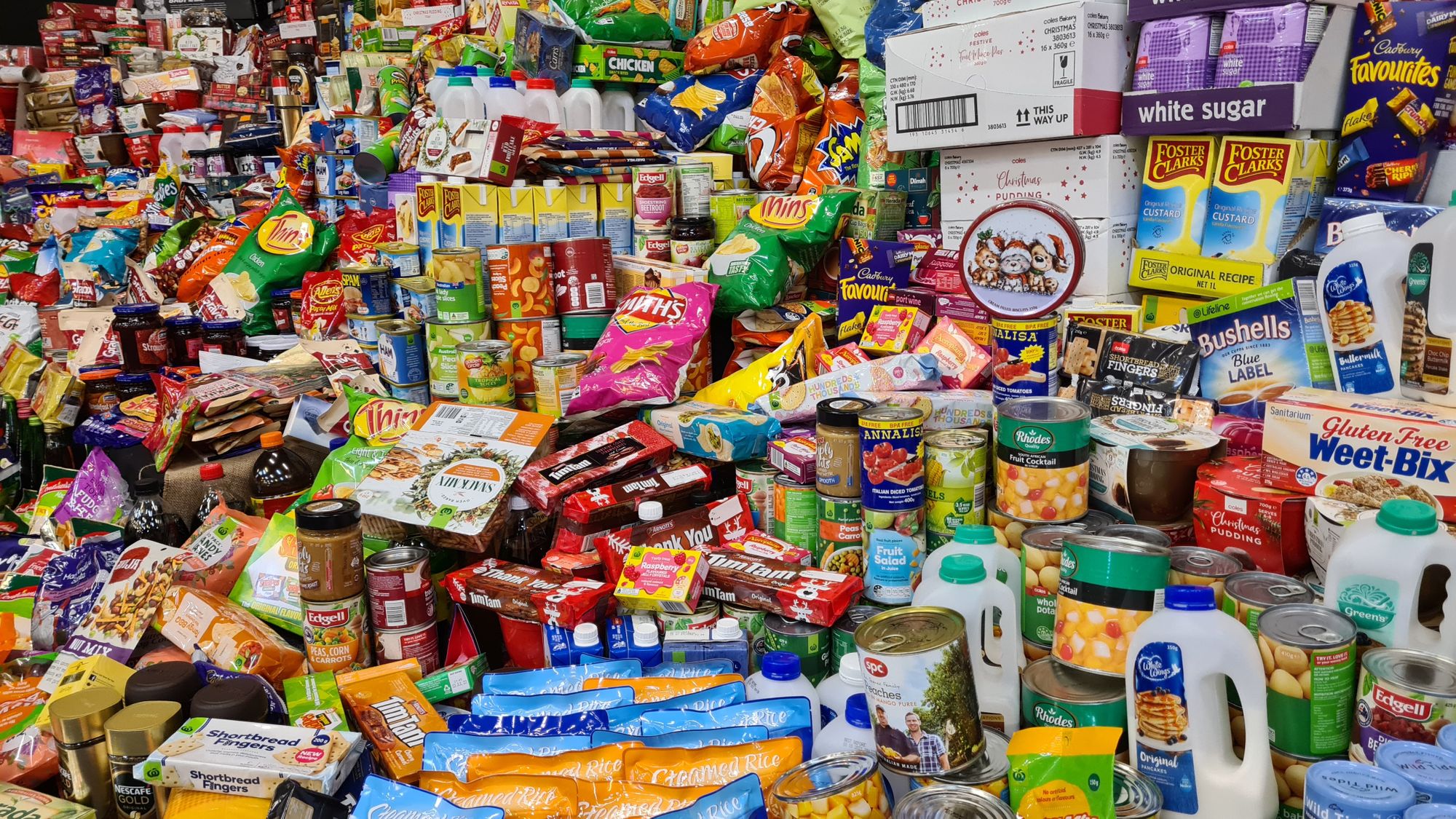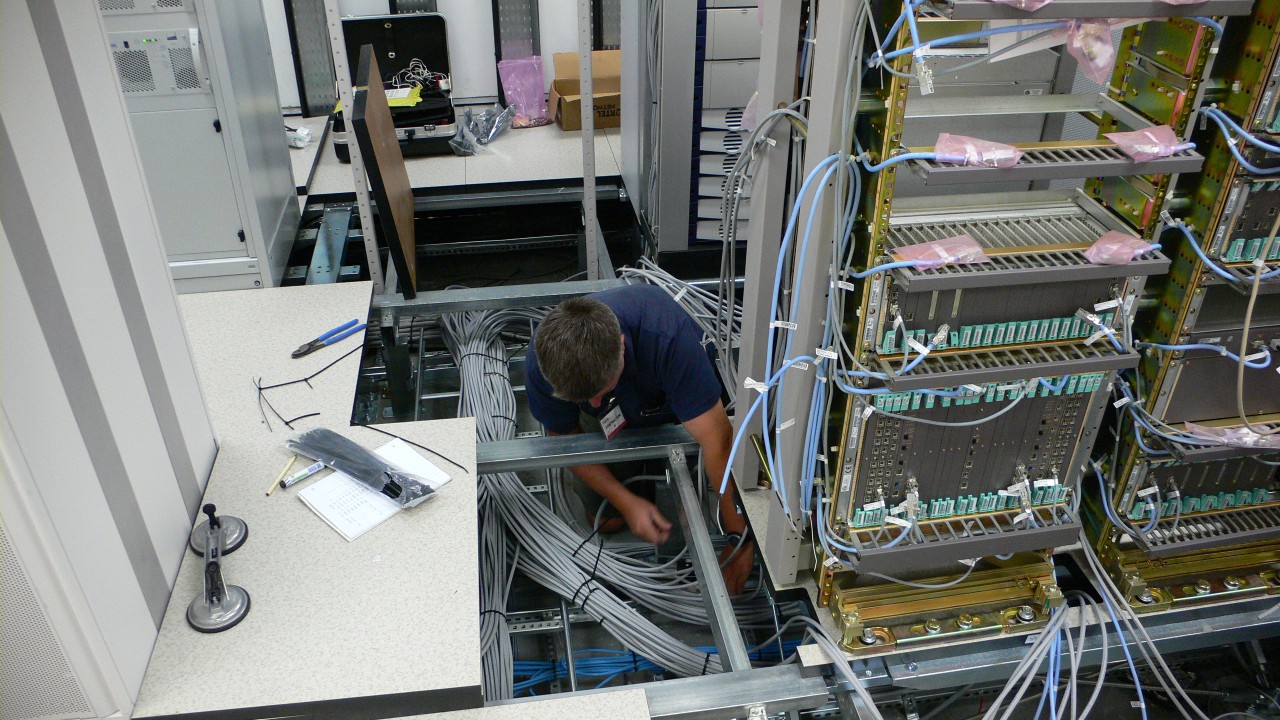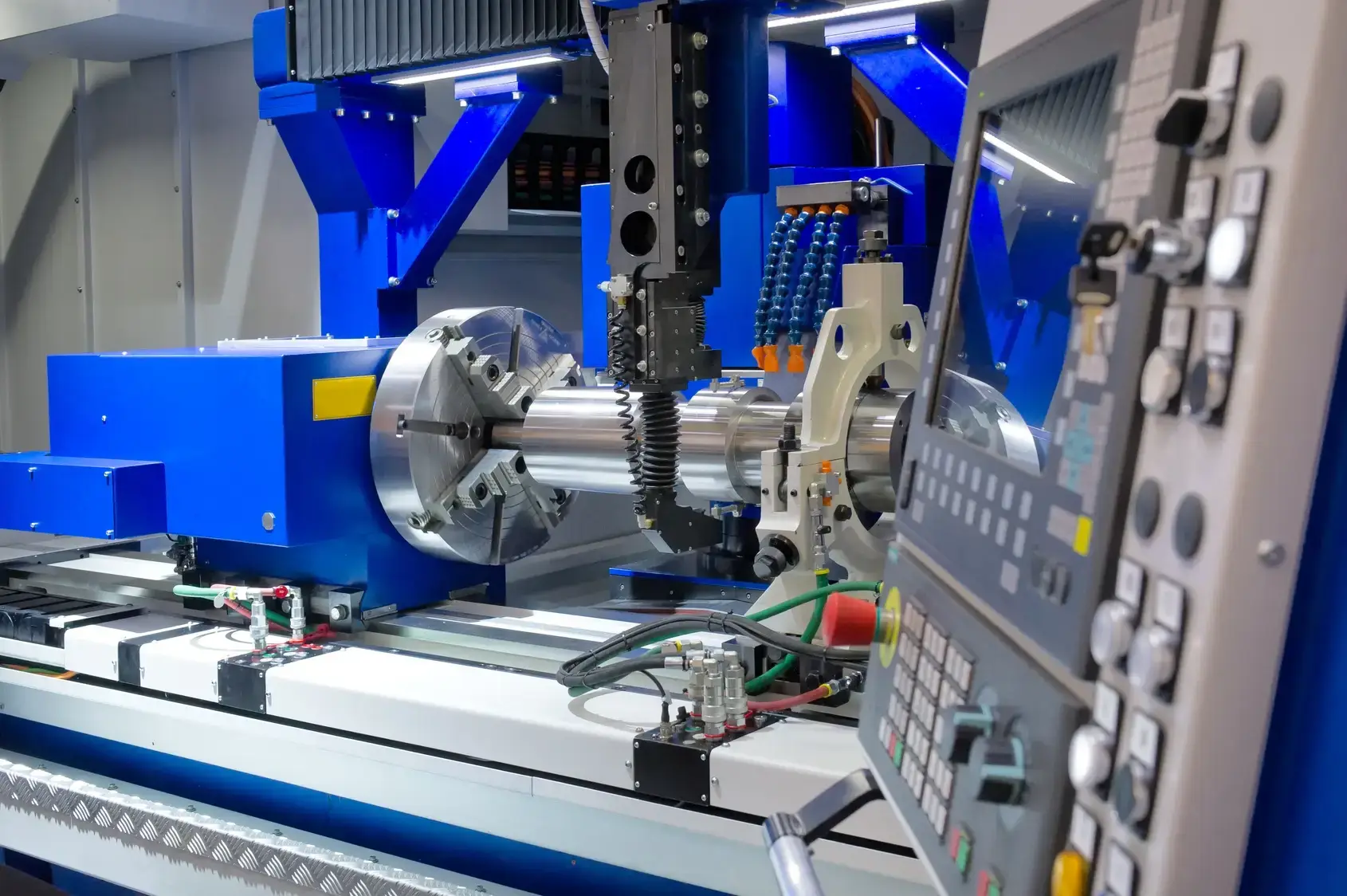Ensuring that pull force testing replicates the way children handle toys in everyday situations
The Crucial Role of Pull Force Testing in Ensuring Toy Safety Replicating Real-Life Handling Situations
As a parent, youve probably witnessed your childs unwavering enthusiasm for toys, often leading to rough handling and unexpected accidents. Despite the best intentions, toy manufacturers can fall short in designing products that withstand the rigors of daily use. This is where pull force testing comes into play an essential laboratory service provided by Eurolab that ensures toys are safe and durable for children.
What is Pull Force Testing?
Pull force testing is a comprehensive evaluation process designed to assess the strength of toys, particularly their ability to withstand external forces applied during handling. By simulating real-life scenarios, this test helps identify potential weaknesses in toy design, allowing manufacturers to refine their products and prevent accidents.
Why is Replicating Real-Life Handling Situations Essential?
In todays competitive market, toy manufacturers face increasing pressure to create innovative, safe, and durable products that meet the evolving needs of children. However, ensuring toys withstand everyday handling demands a deep understanding of how children interact with them. This is where Eurolabs pull force testing services come into play.
Our expert team at Eurolab recognizes that toys are not static objects; theyre dynamic players in a childs world. By replicating real-life handling situations, we help manufacturers identify and address potential safety concerns, ultimately reducing the risk of accidents and injuries.
Advantages of Using Pull Force Testing
Eurolabs pull force testing services offer numerous benefits for toy manufacturers, including
Enhanced Safety By simulating real-life scenarios, our tests ensure toys are designed with safety in mind, protecting children from potential harm.
Compliance with Regulations Our expertise helps manufacturers meet and exceed industry standards, such as those set by the European Unions Toy Safety Directive (2009/48/EC).
Improved Product Durability Identifying potential weaknesses in toy design enables manufacturers to refine their products, extending their lifespan and reducing waste.
Reduced Liability By addressing safety concerns proactively, manufacturers can minimize the risk of lawsuits and associated costs.
Key Benefits
Increased Consumer Trust Manufacturers who prioritize toy safety demonstrate a commitment to customer satisfaction, fostering loyalty and brand reputation.
Competitive Advantage Companies that invest in pull force testing services position themselves as industry leaders, attracting customers seeking safe and durable products.
Cost Savings Identifying potential weaknesses early on reduces the likelihood of costly recalls and reputational damage.
QA Frequently Asked Questions about Pull Force Testing
Q What types of toys can be tested using Eurolabs pull force testing services?
A Our team can assess a wide range of toys, including action figures, dolls, blocks, puzzles, and ride-on vehicles.
Q How do you simulate real-life handling situations in your tests?
A We employ a variety of methods to replicate how children interact with toys, including applying forces at various angles and speeds.
Q Can Eurolabs pull force testing services help me meet specific industry standards or regulations?
A Yes. Our team is well-versed in relevant regulations, such as the European Unions Toy Safety Directive (2009/48/EC), and can help you ensure compliance.
Q How long does a typical pull force testing process take?
A The duration of our tests varies depending on the complexity of the product and the scope of the evaluation. Our team will work closely with you to determine the most efficient testing schedule.
Q What kind of data do I receive from Eurolabs pull force testing services?
A Youll receive comprehensive test reports, including detailed analysis of your toys performance under various forces and handling conditions.
Conclusion
In an industry where safety is paramount, Eurolabs pull force testing services provide manufacturers with a critical tool for ensuring toys are designed to withstand the rigors of daily use. By replicating real-life handling situations, our team helps companies identify potential weaknesses, refine their products, and protect children from harm.
Dont risk your brand reputation or customer trust choose Eurolabs expert pull force testing services today and ensure your toys meet the highest standards of safety and durability.
References
European Union. (2009). Directive 2009/48/EC of the European Parliament and of the Council of 18 June 2009 on the Safety of Toys.
International Association for Testing and Certification (IACT). (n.d.). Toy Safety Standards.
Note This article is designed to be a comprehensive guide, providing in-depth information about pull force testing and its importance. The references listed are intended to demonstrate the existence of relevant industry standards and regulations, but are not exhaustive.
-
Testing the force required to pull parts of toys or juvenile products to ensure safety
-
Verifying that detachable parts, like small toys or accessories, require a safe amount of force to remove
-
Simulating child interactions to test whether small parts can be easily pulled off and swallowed
-
Testing toys for durability by assessing the strength of joints, connectors, and detachable components
-
Ensuring that toys do not contain parts that can be easily removed with minimal force
-
Assessing the risk of choking by testing if small parts can be pulled off and pose a danger to children
-
Testing the security of batteries or compartments in toys by pulling and ensuring they remain sealed
-
Verifying that packaging materials and product parts cannot be pulled apart easily by children
-
Simulating the repeated pulling actions children may perform on toys to ensure the integrity of the product
-
Testing the durability of fastening mechanisms, such as buttons, snaps, or Velcro, against pull forces
-
Ensuring that toys designed for children are resistant to breakage or separation under normal pulling forces
-
Simulating real-life play behavior to ensure that toys with soft parts or stuffing cannot be pulled apart
-
Verifying the strength and safety of toy straps, cords, or wires that children may tug on during use
-
Ensuring compliance with safety standards related to pull force limits for toys and products
-
Testing the strength of locks, clasps, and fasteners in toys to ensure they do not detach too easily
-
Verifying that materials used in toy construction do not break or pull apart under standard handling
-
Ensuring that parts of toys that may be pulled on or stretched are resistant to wear and tear
-
Testing the overall robustness of toys by applying different pull forces to various components
-
Verifying that pull force results adhere to guidelines that prevent injury from breaking or separating parts
-
Testing toys to ensure they are not vulnerable to sudden forces that could break components off
-
Simulating the effects of rough handling or pulling on toys that children may interact with
-
Ensuring that toys, even with movable parts or accessories, do not pose risks due to insufficient pull resistance




